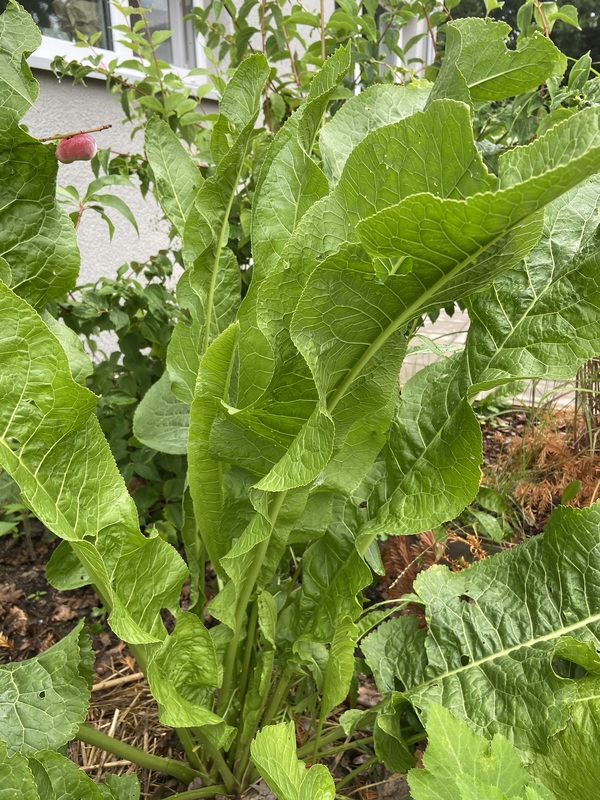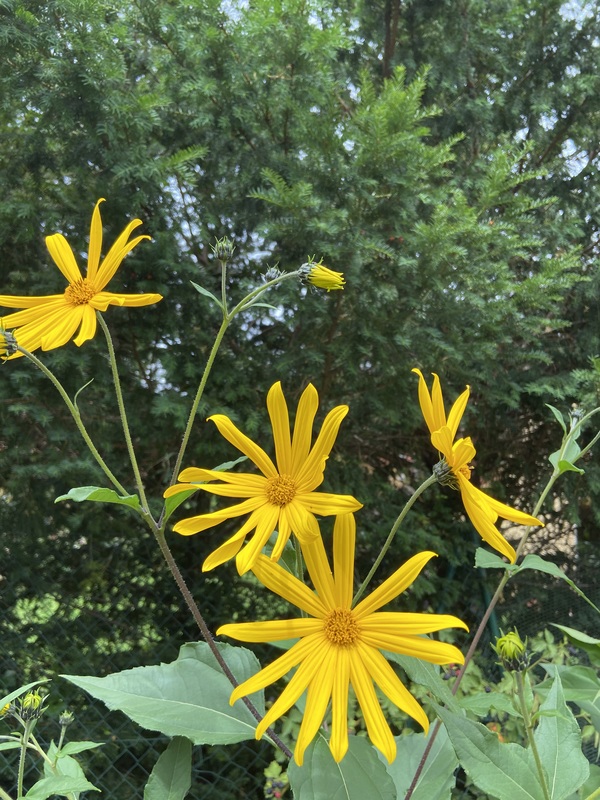Description
Allium canadense, also known as Canada onion, is a perennial plant native to eastern North America. It is typically found in meadows, fields, and along roadsides.
The plant has a stem that grows to be about 30-100 cm tall, and has long, slender, linear leaves. It produces clusters of small, white or pink flowers in the summer.
Allium canadense grows relatively quickly and can reach its full height within a couple of seasons. It can be distinguished from similar plants by its onion-like odor and its small, white or pink flowers.
The plant prefers moist, well-drained soil and full sun to partial shade. In order to cultivate it successfully, a grower may need to water it regularly and provide it with adequate sunlight. It is winter hardy and can withstand cold temperatures.
Allium canadense is edible, and its bulbs and leaves can be cooked and eaten. The bulbs can be stored for later use by drying them in a cool, dark place.
The plant has several uses. It can be used medicinally for its anti-inflammatory properties, and the bulbs can be used as a fertilizer due to their high sulfur content. Additionally, the leaves can be used as a natural insect repellent.
Allium canadense is also valuable for wildlife, as it provides food for birds and small mammals.



